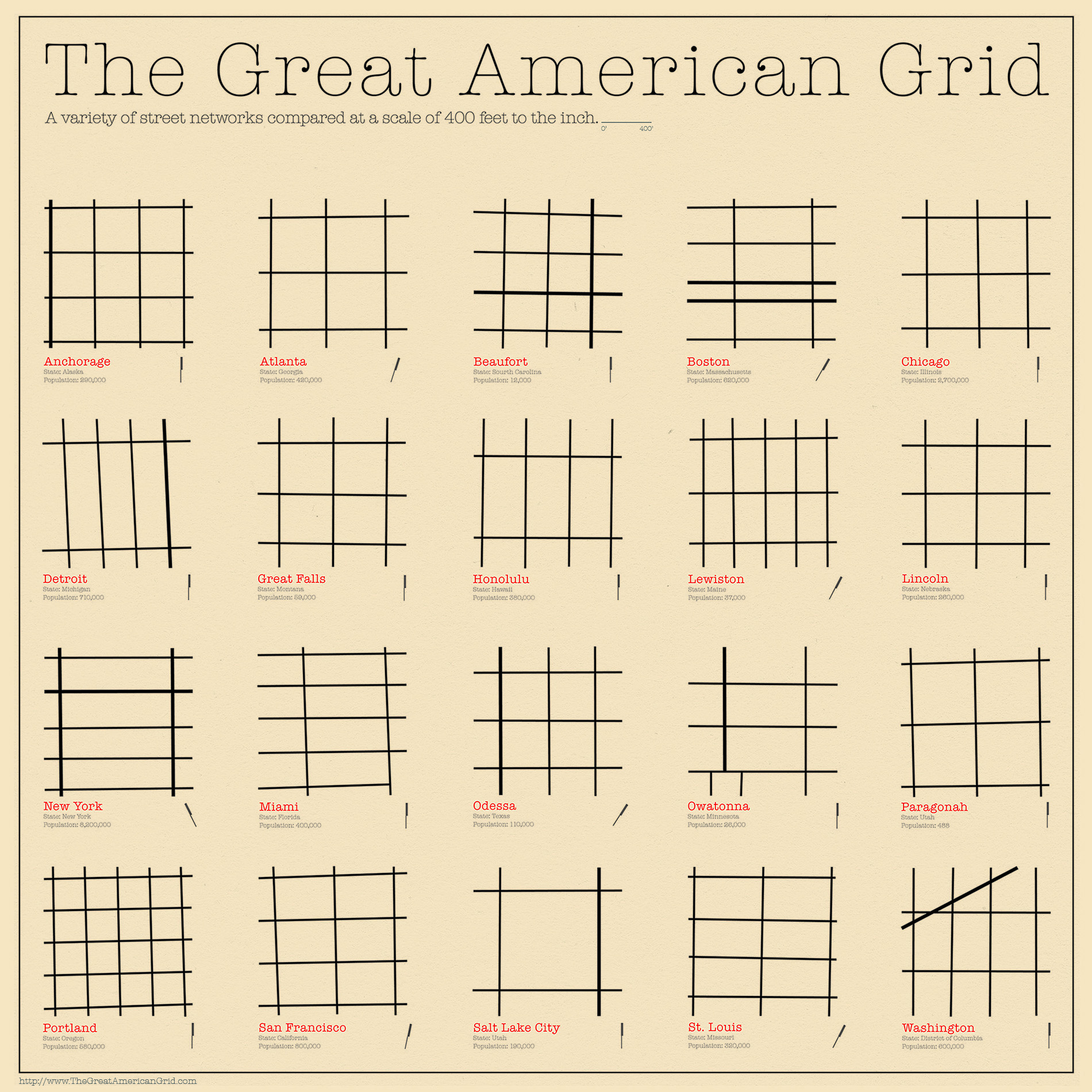On circular cities
One of the most visually emblematic aspects of the Venus Project is their circular cities.
It has been a constant since the movement's inception, and one of the first things anyone familiar with the project might recall.
So, why was it chosen?
The concept of circular cities is ancient.
Plato described Atlantis as being circular, and the Round City of Baghdad, seat of the Abbasid Caliphate(with precedents in Gur/Firouzabad and similar cities)
So, why did these fade?
Well, the greeks and romans were big fans of rectangular city planning, and Enlightenment would seek to systematize urban planning, both out of a desire to make everything more logical, and to wipe away the old pre-Enlightenment society, both culturally and worldview-wise
But there is another reason: parcellation.
Among the earliest planned cities in the New World was Boston, and combined the new, logical structure with a new nation, with room to divide and expand.
This would make stuff easier for the land to be built, shared, sold and bought.
These advantages would help it become a mainstream of American cities.
Another part is simple crowd control, where dealing with a central building structure tends to create congestion towards that point, and is the main reason medieval european cities are so crowded(the other is narrow alleyways)
Another thing that a circular city loses immensely compared to a well-developed grid-based city is expansion and geography.
A well-developed(with decent arterial roadways) grid-based city can easily accommodate extra housing, no matter the reason(natural population increase, development of industry, academia or other points of interests for new residents, refugees, etc.) and can be put out in any terrain that allow somewhat stable grounding underfoot, while a Venus Project style city can only be placed in a plain that allows equal expansion in all directions, and any additional growth requires the building of an entire new "ring" that is exponentially bigger than the ones before(or abandoning the planned circular structure entirely, as seen in Baghdad).
Anyway, these are just deductions taken from my personal analysis.
There must be a reason why Fresco chose that shape.
Well, he claims his cities are much more efficient and superior than present ones, to the extent that our present settlements can't be retrofitted well-enough, so pretty much everything built before needs to be destroyed.1
It has been a constant since the movement's inception, and one of the first things anyone familiar with the project might recall.
So, why was it chosen?
Except....
As always, let's take a look in the past.The concept of circular cities is ancient.
Plato described Atlantis as being circular, and the Round City of Baghdad, seat of the Abbasid Caliphate(with precedents in Gur/Firouzabad and similar cities)
So, why did these fade?
Well, the greeks and romans were big fans of rectangular city planning, and Enlightenment would seek to systematize urban planning, both out of a desire to make everything more logical, and to wipe away the old pre-Enlightenment society, both culturally and worldview-wise
But there is another reason: parcellation.
Among the earliest planned cities in the New World was Boston, and combined the new, logical structure with a new nation, with room to divide and expand.
This would make stuff easier for the land to be built, shared, sold and bought.
These advantages would help it become a mainstream of American cities.
Another part is simple crowd control, where dealing with a central building structure tends to create congestion towards that point, and is the main reason medieval european cities are so crowded(the other is narrow alleyways)
Another thing that a circular city loses immensely compared to a well-developed grid-based city is expansion and geography.
A well-developed(with decent arterial roadways) grid-based city can easily accommodate extra housing, no matter the reason(natural population increase, development of industry, academia or other points of interests for new residents, refugees, etc.) and can be put out in any terrain that allow somewhat stable grounding underfoot, while a Venus Project style city can only be placed in a plain that allows equal expansion in all directions, and any additional growth requires the building of an entire new "ring" that is exponentially bigger than the ones before(or abandoning the planned circular structure entirely, as seen in Baghdad).
Anyway, these are just deductions taken from my personal analysis.
There must be a reason why Fresco chose that shape.
Well, he claims his cities are much more efficient and superior than present ones, to the extent that our present settlements can't be retrofitted well-enough, so pretty much everything built before needs to be destroyed.1
Except...
In any case, it seems like a strange direction to go to, since it'd be something 99% of architects and urban planners must have missed, and so the advantages must be substantial.
So, how more efficient are they?
We have no idea.
I can't see to find any numbers on it.
No percentages, no stress tests, no wind-tunnel tests, no earthquake simulations, no simulations of waste management flow(or any paragraph or image about how the crucial utilities function), despite the fact that most of our impressive modern buildings have them, like Taipei 101, or the Allianz Arena.
At best, i found some statement on how it's easier to build, since all the city is made from identical modules(but then so are commieblocks, but no one would describe them as some place they'd die to live in), and an anecdote on how it worked well during hurricane Irma.2





Comentarii
Trimiteți un comentariu